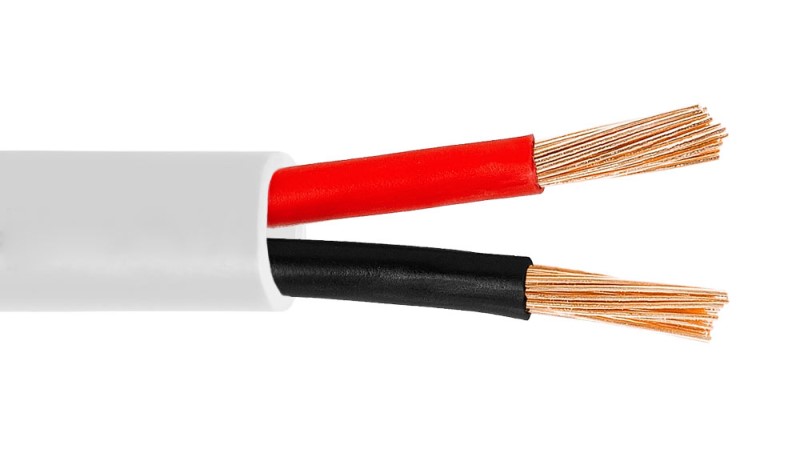Old “All-in-One” Systems – Buy or Skip?
Facebook Marketplace is all the rage these days. I’ve purchased some stuff off of it and people are constantly recommending it as a place where you can find good deals on old gear. Of course, there is still Craigslist, eBay, and others. One common question we see is people that have found an old “all-in-one” system and want to know if they should buy or skip it. Honestly, most of the time they’ve already bought it and don’t want to admit it. Did they make a good purchase? Let’s take a closer look at the advantages and disadvantages.
Answer: You are probably best off skipping.
Here are the problems with these all-in-one or “Home Theater in a Box” systems:
Red Flag #1: Missing Pieces
When shopping for deals, it is hard to know exactly what you are looking at. This is especially true if you are unfamiliar with home theater equipment. And if you are even considering whether or not to buy or skip an all-in-one system, you are probably unfamiliar with home theater equipment. Your best bet is to ask the seller to hook everything up and show you how it works. If they won’t (and they probably won’t), then you’ll need to be meticulous. Look for power cables, remotes, and everything that should have a cable, does have a cable. If even one part is missing, you should skip the all-in-one system as you’d be throwing your money away by buying. Those missing pieces? They are nearly impossible to replace.

Red Flag #2: Proprietary Connections
Look at the wires that connect the speakers to the head unit. Are there proprietary connections? The vast majority of speakers can be wired to an AV receiver with bare speaker wire. If you find anything other than bare speaker wire, you should run, not walk, from this “deal.” Those connections are impossible to find on any other speakers (which is the definition of proprietary) and can’t be replaced. This means that if any one piece of the all-in-one system breaks, you’ll have to scrap the whole thing.

Red Flag #3: Weird Wiring Schemes
In a normal home theater, the speakers connect to an AV receiver and the AV receiver to your display. All your sources should be plugged into the AV receiver for audio decoding and video routing. If the wiring scheme of the all-in-one system you are considering buying has you plugging everything into anything other than a receiver, then you should skip. We’ve seen systems where one cable takes all the audio down to the “subwoofer” and the speakers are connected through it. That’s not good. If something happens to that subwoofer, none of the other speakers will work.

Red Flag #5: Wire Length
If you’re still considering buying or skipping an all-in-one system even with all the red flags, consider the length of the wires before buying. With those proprietary connections, however long those wires are is how long they will ever be! Will the speakers reach where you plan on putting them in your room? Don’t buy unless you are sure they will fit.
Before Buying an All-In-One System
If you’ve been through our list of red flags and either haven’t found any or have decided you want to buy anyway, we have one last recommendation: Listen first. There is no way for an expert to look at the outside of a speaker or electronic device and know that it works. Plug everything in and make sure everything lights up and makes sound. Check all the features of the receiver or head unit. If it has a DVD or Blu-ray player, make sure it works. You should skip and not buy any all-in-one system that you cannot test out beforehand.
Why Shouldn’t Your Buy an All-In-One System
The basic problem with all-in-one systems is the inability to upgrade or swap out parts. If you buy a proper AV receiver, a player (Blu-ray or Ultra HD Blu-ray), and speakers, you can replace any part that breaks. These all-in-one systems are designed for “convenience” in that they come with all the parts. The downside is that those elements are proprietary so if one breaks, the rest are pretty useless.
When the systems were new, you could probably (overpay) for replacement parts. But now that you are buying them used, those parts are all but impossible to find. You are betting off skipping the all-in-one system and buying something that can have parts replaced if you have problems.
And don’t worry, we’ve got some buying guides for you!


